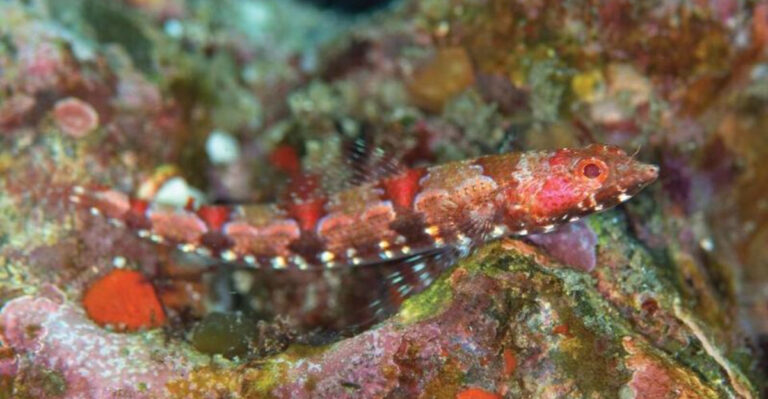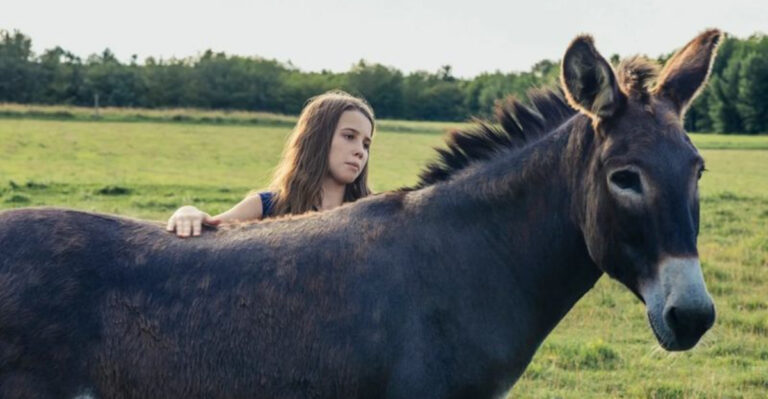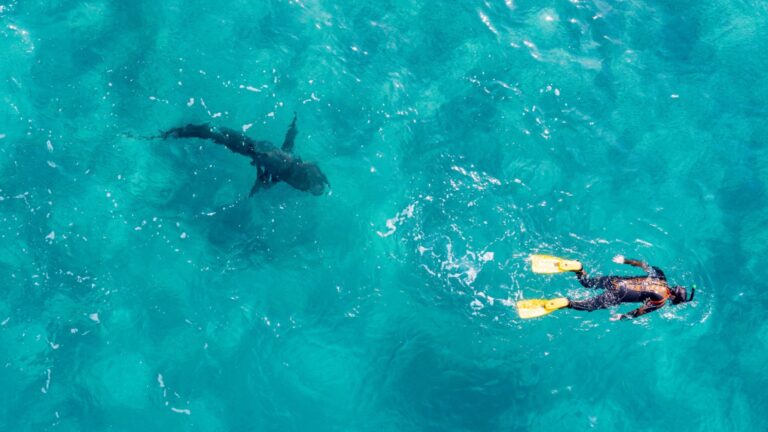How Far Can A Snake Strike? Understanding Strike Range
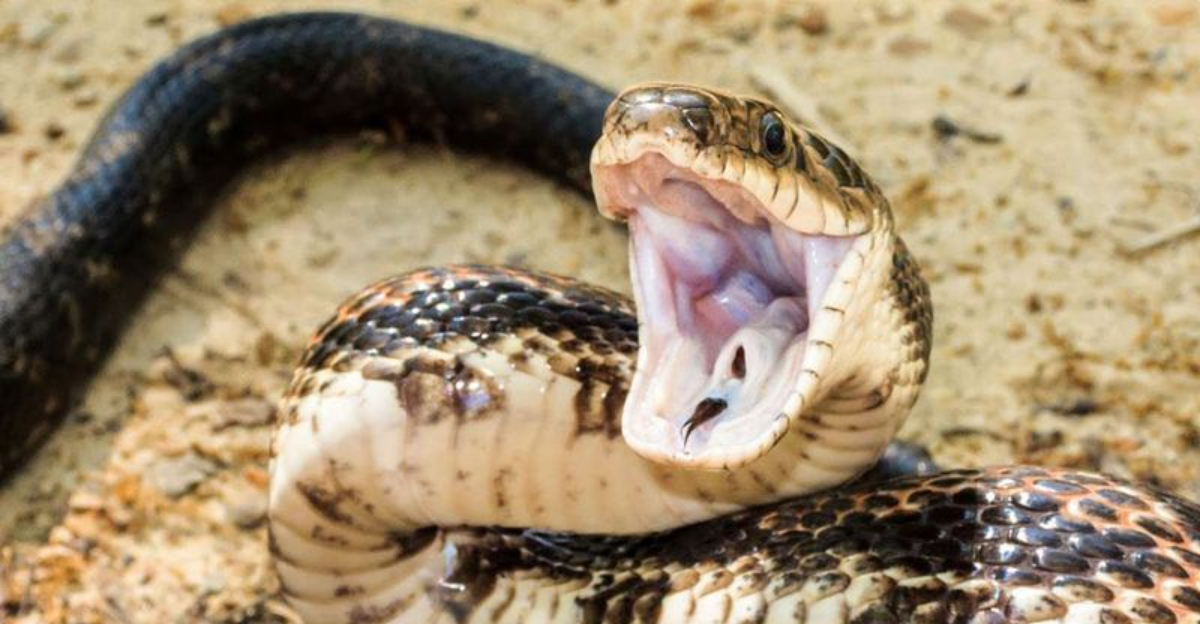
Ever wondered how far that slithery creature can lunge when threatened? Snake strikes happen lightning-fast, often catching both prey and people off guard.
Understanding a snake’s striking distance isn’t just fascinating science – it could be crucial knowledge that keeps you safe during unexpected encounters in the wild.
1. The One-Third Rule Isn’t Always True
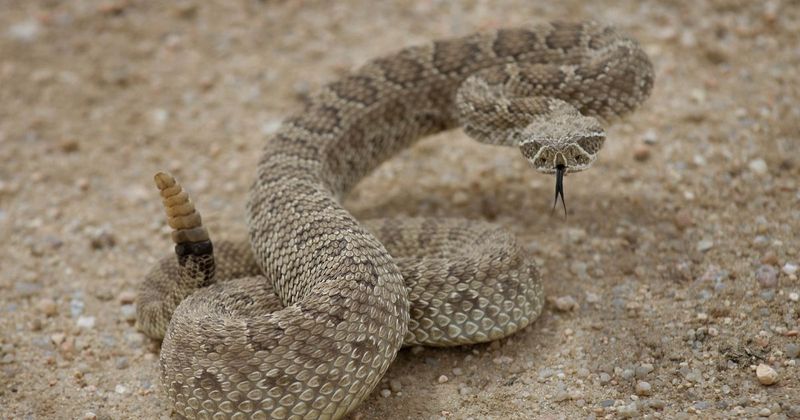
Forget what you’ve heard about snakes striking only one-third of their body length. Many vipers can actually launch forward half to two-thirds of their length! Rattlesnakes especially break this rule regularly.
This misconception gives people a false sense of security when maintaining what they think is a ‘safe distance.’
2. Speed Matters More Than Distance
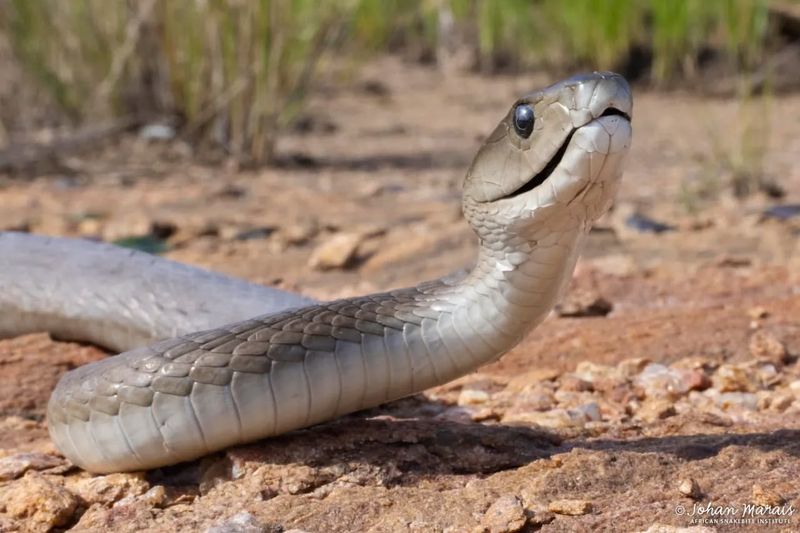
Blink and you’ll miss it! Some snakes strike at speeds exceeding 175 mph. At this velocity, a cottonmouth or cobra can cover its strike distance in less than 0.2 seconds.
Your reflexes simply can’t compete – human reaction time averages 0.25 seconds, making dodging nearly impossible.
3. Leverage Points Change Everything
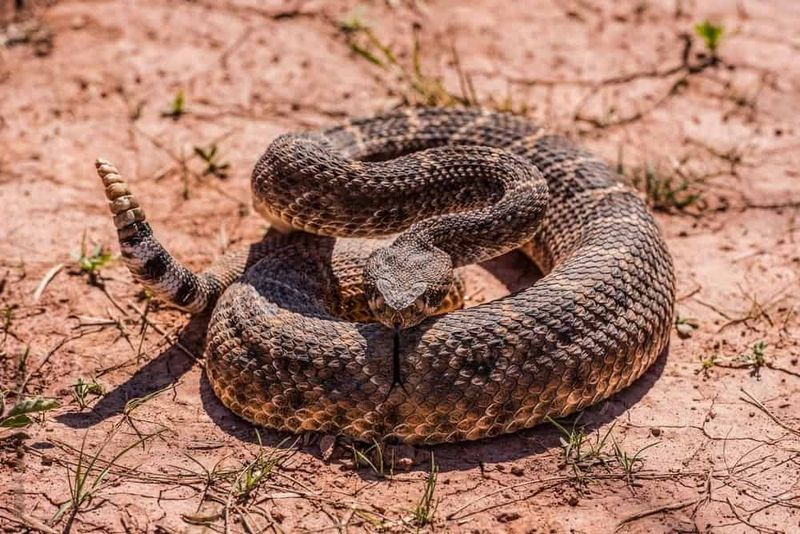
A snake’s striking power comes from its coiled position. When already stretched out, its strike range decreases dramatically.
Snakes need something to push against – typically the ground or a branch – to generate maximum striking force. Without proper leverage, even the deadliest snake becomes less threatening.
4. Size Doesn’t Always Predict Range
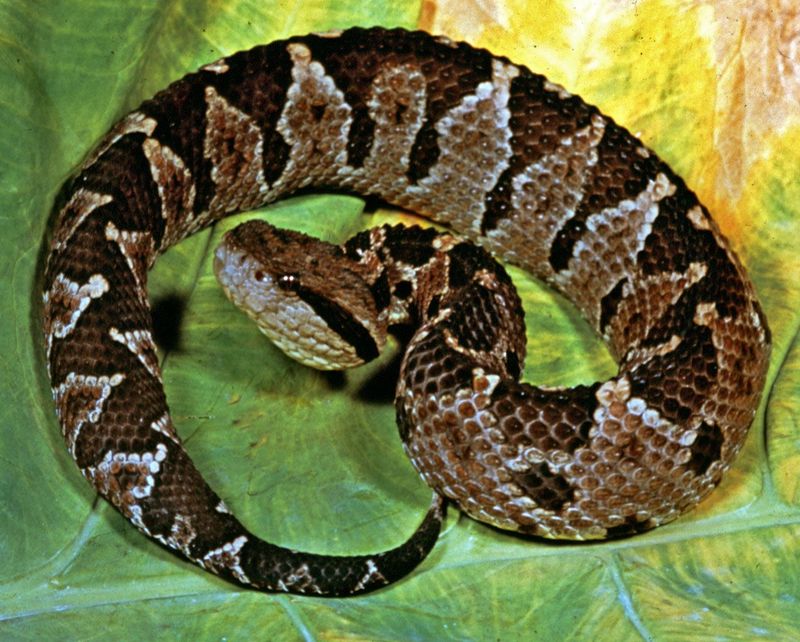
Surprisingly, some smaller snakes can strike proportionally farther than larger species! The jumping viper of Central America can launch nearly its entire body length.
Meanwhile, massive pythons typically strike less than a quarter of their length. Each species evolved striking abilities suited to their hunting strategy.
5. Temperature Affects Strike Distance
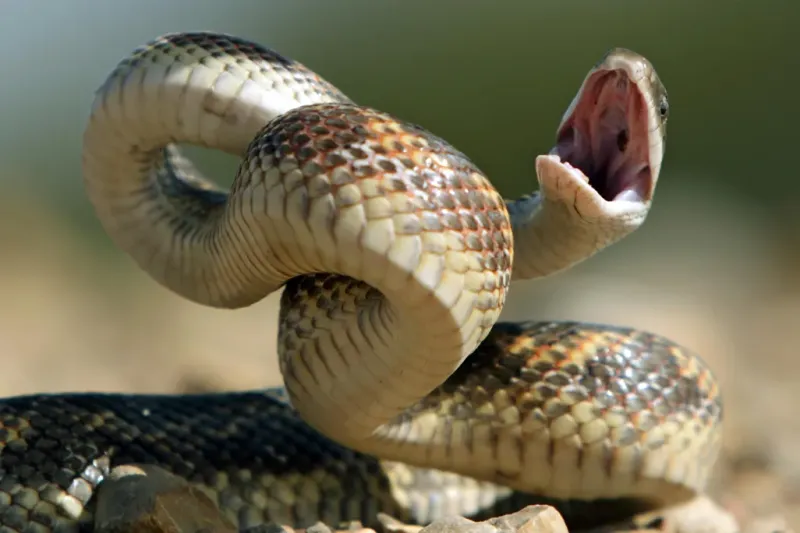
Chilly snakes can barely move, let alone strike effectively. Being cold-blooded means their muscles work best between 70-90°F.
On cool mornings, a snake might only strike half its normal distance. During summer heat, expect maximum striking capability as their muscles operate at peak efficiency.
6. Vertical Strikes Reach Surprising Heights
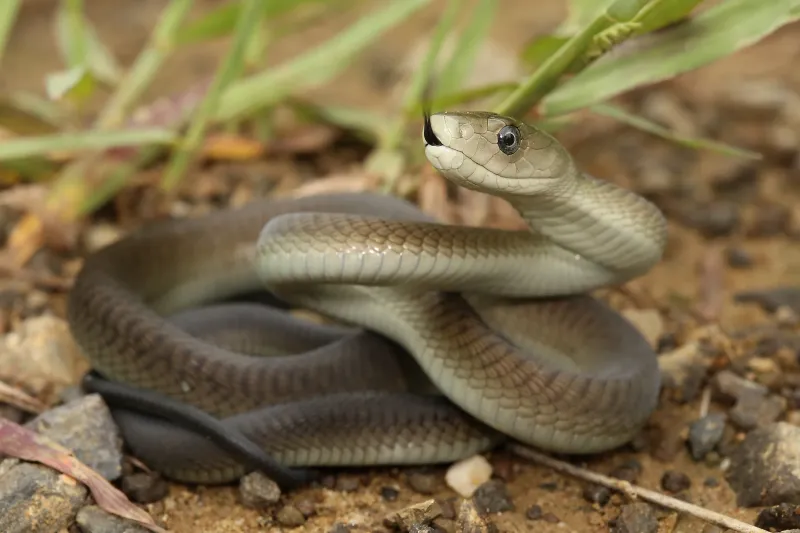
While we often worry about horizontal strikes, some snakes excel at vertical lunging. Black mambas can raise up to one-third of their body length before striking upward!
This vertical capability means they can potentially strike at face level of an adult human. Always scan branches above when in snake territory.
7. Defensive Strikes Versus Hunting Strikes
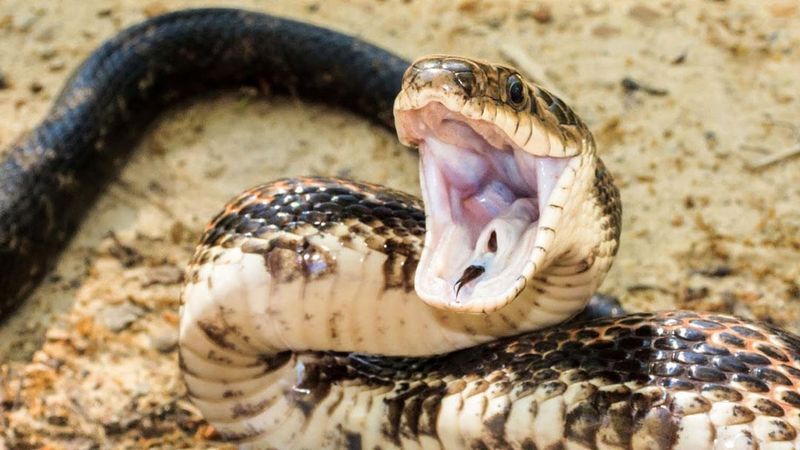
When hunting, snakes typically strike with precision and restraint to conserve energy. But when threatened? All bets are off!
Defensive strikes often travel farther and faster than hunting strikes. A cornered rattlesnake might launch nearly its entire body length in a desperate bid for safety.
8. Water Changes The Equation
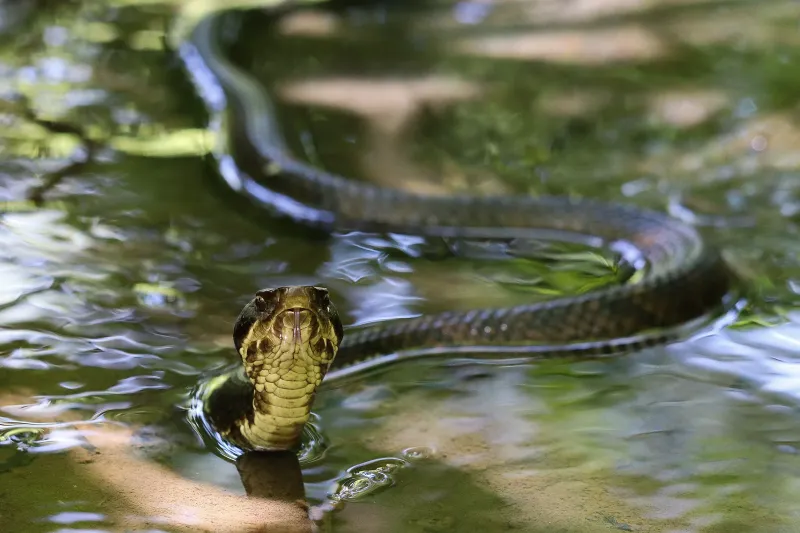
Aquatic strikes follow different rules entirely. Water moccasins can strike effectively while swimming, using water resistance to stabilize their bodies.
Sea snakes strike with incredible accuracy underwater, though water resistance limits their range. The physics of fluid dynamics actually helps some water snakes maintain better striking control.
9. Repeated Strikes Decrease In Range
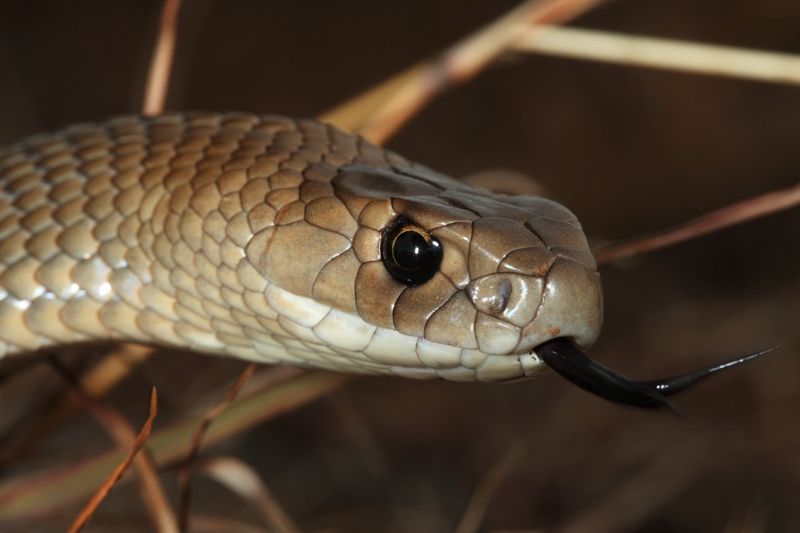
First strikes travel farthest! Each consecutive strike typically covers less distance as the snake tires.
After 3-4 rapid strikes, most snakes need recovery time. This fatigue factor explains why snake handlers often tire out aggressive snakes before attempting to handle them.
10. Your Stance Affects Your Safety
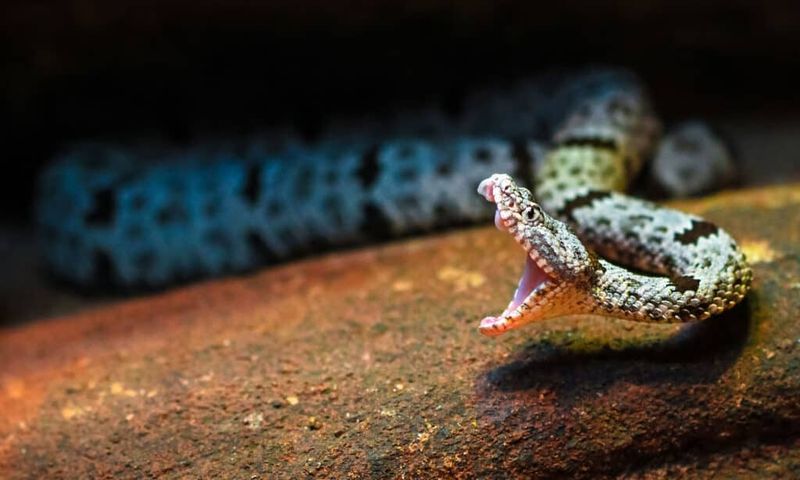
Standing sideways makes you a narrower target and keeps vital organs further from striking range. Facing a snake head-on increases your vulnerable surface area dramatically.
Professional snake handlers use this knowledge instinctively. Remember: your positioning is just as important as the distance you maintain from a potential striker.

